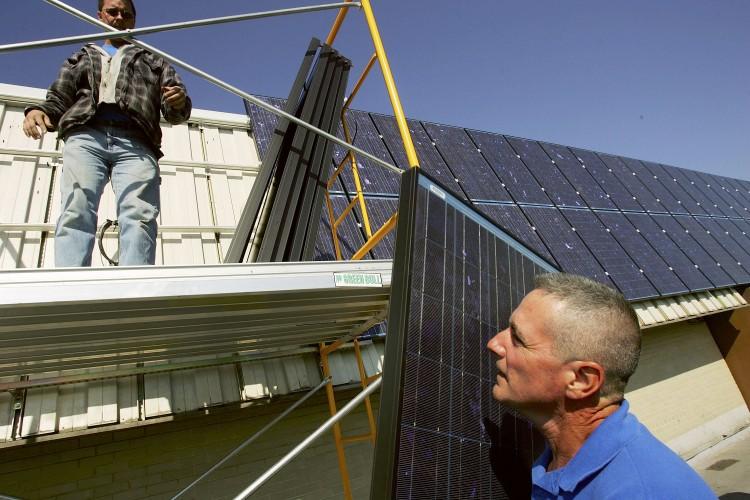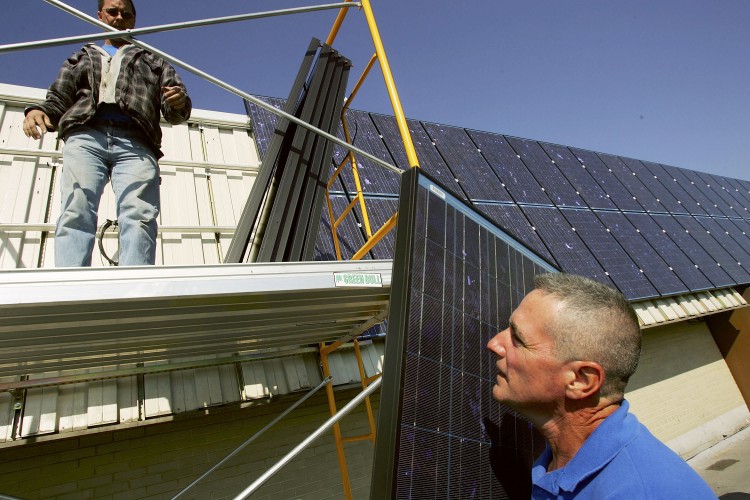Leap Forward for Renewable Energy in New York
Gov. Andrew Cuomo ratified the Power NY Act on Aug. 4, uniting energy companies and environmental justice advocates alike in support of what’s being hailed as a historic shift to renewable energy.
|Updated:






